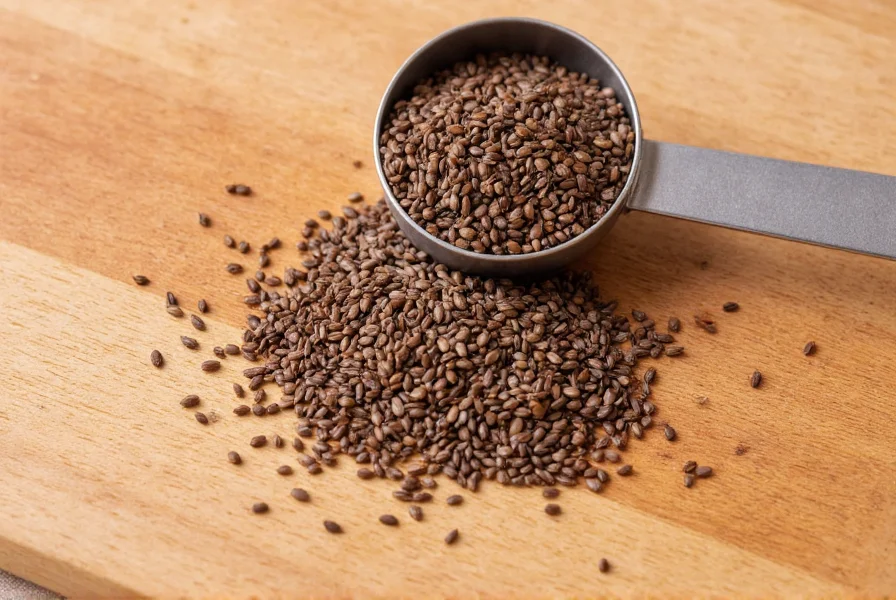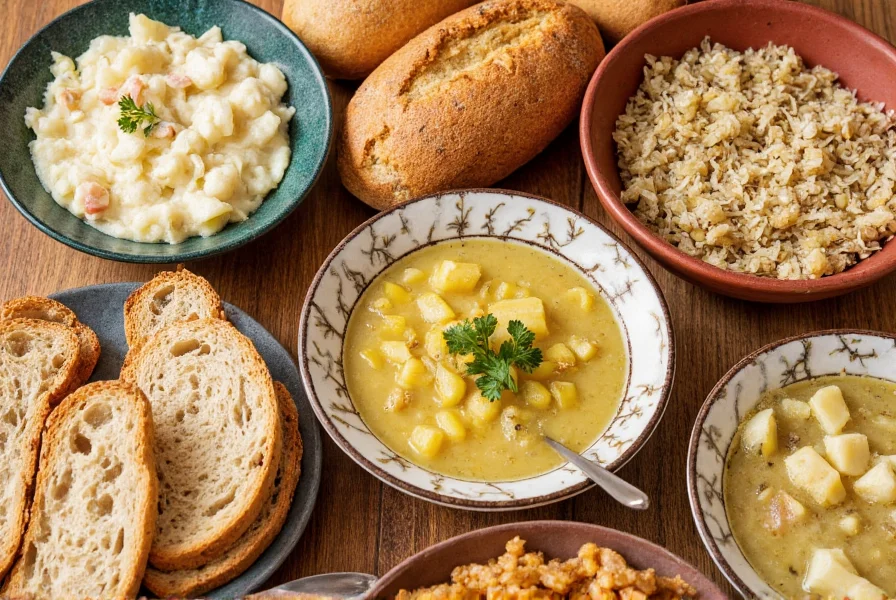When you ask what is caraway, you're inquiring about one of the world's oldest cultivated spices. Despite its name, caraway isn't related to cumin or caraway trees—it's actually the fruit of a flowering plant closely related to parsley, dill, and fennel. The crescent-shaped seeds, which are technically small fruits called achenes, measure 4-6mm in length and range in color from light to dark brown.
Understanding what caraway is used for reveals its versatility across global cuisines. In Central and Eastern European cooking, caraway is essential in rye bread, sauerkraut, and potato dishes. Scandinavian cuisine features it in aquavit and traditional cheeses. Middle Eastern recipes incorporate caraway into spice blends like baharat, while Indian cuisine uses it sparingly in certain curries and rice dishes.

Caraway Flavor Profile and Culinary Characteristics
The distinctive caraway seed flavor profile combines earthy warmth with subtle citrus and licorice notes, though less pronounced than fennel or anise. When toasted, caraway develops nuttier undertones while maintaining its characteristic pungency. The essential oil content (3-7%) gives caraway its potent aroma and flavor, with carvone being the primary compound responsible for its unique taste.
| Characteristic | Description |
|---|---|
| Flavor Notes | Earthy, warm, slightly sweet, peppery, with citrus and anise undertones |
| Intensity Level | Moderate (stronger than cumin but less intense than cloves) |
| Best Used In | Whole form for slow cooking, ground for baking and spice blends |
| Heat Stability | Retains flavor well during prolonged cooking |
Nutritional Value and Potential Health Benefits
Exploring what is caraway beyond flavor reveals notable nutritional properties. One tablespoon (6g) of caraway seeds contains approximately 20 calories, 1g protein, 1g fat, 3g carbohydrates, and 2g fiber. They're particularly rich in iron (14% of daily value), magnesium (8%), and calcium (4%).
Traditional medicine has long valued caraway for digestive benefits. Modern research suggests potential health benefits of caraway seeds include:
- Supporting digestion through stimulation of digestive enzymes
- Possessing antioxidant properties that combat oxidative stress
- Exhibiting antimicrobial effects against certain foodborne pathogens
- Potentially helping regulate blood sugar levels
How to Use Caraway in Cooking
Mastering how to use caraway in cooking requires understanding its optimal applications. Whole seeds work best in slow-cooked dishes like stews, braises, and pickling brines where they can gradually release flavor. For baking and spice rubs, freshly ground caraway provides more intense flavor.
Professional chefs recommend toasting caraway seeds in a dry skillet over medium heat for 1-2 minutes until fragrant before use. This simple step enhances the spice's aromatic compounds by up to 30%, according to culinary research. When substituting in recipes, remember that caraway vs cumin differences are significant—while both belong to the Apiaceae family, cumin has a hotter, more earthy profile without caraway's citrus notes.

Storage and Substitution Guidelines
To maintain freshness, store caraway in an airtight container away from light and heat. Properly stored, whole seeds retain optimal flavor for 2-3 years, while ground caraway lasts 6-12 months. For those wondering where to buy caraway seeds, they're widely available in supermarkets, specialty food stores, and online retailers.
If you need a caraway substitute in recipes, consider these options based on the dish:
- For breads: Equal parts fennel seeds + a pinch of anise seeds
- For savory dishes: Cumin + coriander (2:1 ratio)
- For pickling: Dill seeds + mustard seeds
Frequently Asked Questions
Is caraway the same as cumin?
No, caraway and cumin are distinct spices from related but different plants. Caraway (Carum carvi) has a sweeter, more citrus-forward flavor with subtle anise notes, while cumin (Cuminum cyminum) offers a hotter, earthier profile. Visually, caraway seeds are smaller, lighter in color, and curved, whereas cumin seeds are straighter and darker brown.
Can you eat caraway raw?
Yes, caraway seeds can be eaten raw and are commonly used this way in breads, cheeses, and as a digestive aid. Raw caraway has a more pronounced bitter note compared to toasted seeds, which develop sweeter, nuttier characteristics. In traditional European medicine, chewing raw caraway seeds after meals was believed to aid digestion.
What gives caraway its distinctive flavor?
Caraway's unique flavor comes primarily from carvone, which makes up 50-70% of its essential oil content. The specific isomer (S-carvone) in caraway creates its characteristic warm, slightly sweet profile with citrus undertones, distinguishing it from dill and fennel which contain different isomers of carvone.
Is caraway safe for everyone to consume?
Caraway is generally recognized as safe for culinary use by most people. However, those with allergies to plants in the Apiaceae family (like celery, parsley, or carrots) should exercise caution. Pregnant women should consume caraway in typical food amounts only, as medicinal quantities might stimulate uterine activity. As with any spice, moderation is key—excessive consumption could cause digestive discomfort.










 浙公网安备
33010002000092号
浙公网安备
33010002000092号 浙B2-20120091-4
浙B2-20120091-4